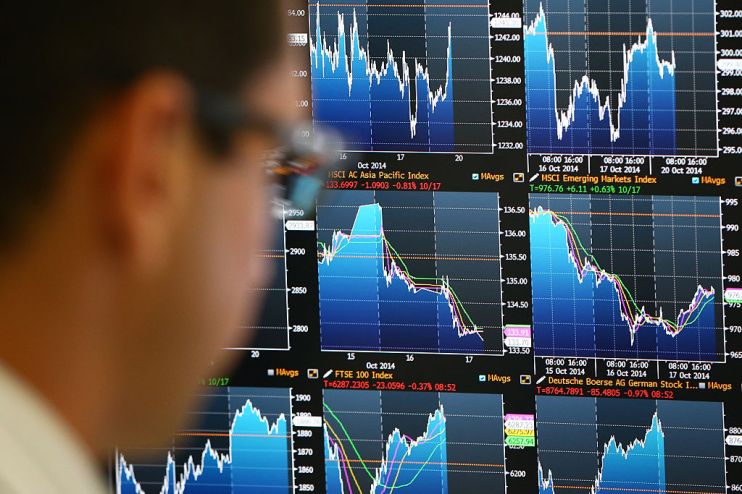US inflation to attract attention after markets make poor start to 2024

Market movements will likely be driven by the latest US inflation figures out this week after getting off to a sluggish start in 2024.
“The US inflation report on Thursday will be the key event next week as markets continue to assess the likelihood and timing of monetary policy easing,” analysts at Deutsche Bank said.
Markets expect the headline rate of inflation to pick up marginally to 3.2 per cent from 3.1 per cent the month before, reflecting a slower fall in gas prices.
However, traders think core inflation will fall below four per cent for the first time since early 2021. The easing in core inflation would largely be driven by a “drop-back in used vehicle prices”, analysts at Capital Economics noted.
The following day investors will digest data on producer prices from the US.
November’s PPI figure came in at 0.9 per cent year-on-year but markets expect this to pick up to 1.3 per cent in December.
If both measures show that inflationary pressures are contained, then traders will ramp up bets that rate cuts will begin in the first quarter of this year. The Fed’s first meeting of 2024 is at the end of January.
The data comes after markets made a poor start to 2024.
In Europe, the FTSE 100 ended the first week of 2024 0.6 per cent lower, the DAX 1.7 per cent lower and the CAC 2.2 lower. In the US meanwhile, the S&P lost 0.9 per cent and the Nasdaq 1.8 per cent.
Some of this can be attributed to investors cashing in following the monster rally which closed 2023. The rally was fuelled by bets that central banks would start cutting interest rates early this year.
But traders have also grown less confident that central banks will start loosening policy after new pieces of data showed western economies remained resilient to the wave of monetary tightening.
Figures on the US labour market last week showed that firms were hiring more than markets had anticipated. In the EU, inflation increased to 2.9 per cent in December, up from 2.4 per cent the month before. The increase was driven by higher energy prices as government support schemes came to an end.